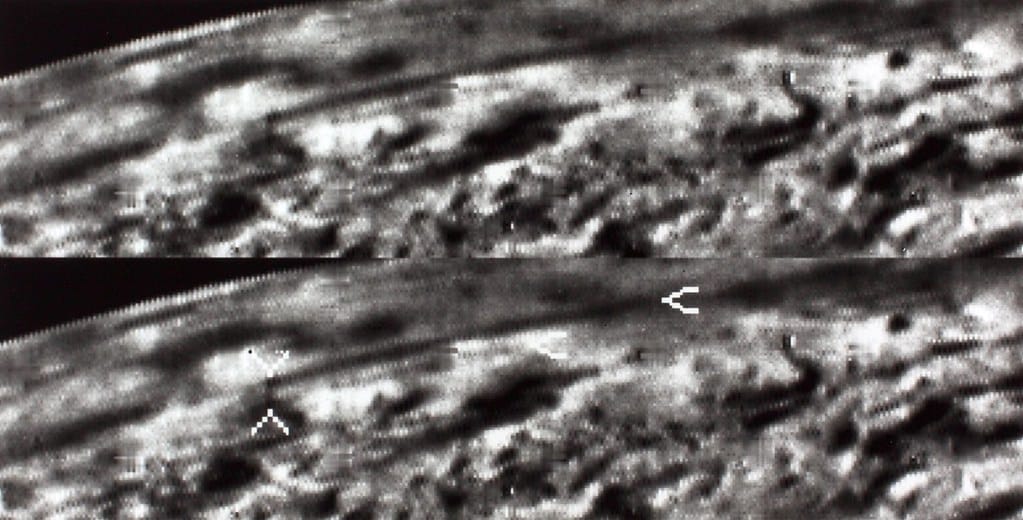Scientists Finally Crack 40-Year Mystery: Voyager 2's Uranus Data Was Skewed by Rare Solar Storm
Nearly four decades after NASA's Voyager 2 spacecraft made its historic flyby of Uranus in 1986, scientists have solved a perplexing mystery that has shaped our understanding of the ice giant for generations. New research reveals that the spacecraft's groundbreaking observations were captured during an extraordinarily rare solar storm, fundamentally skewing the data and leading to decades of misconceptions about this distant world.
The Anomaly That Puzzled Scientists for Decades
When Voyager 2 became the first and only spacecraft to visit Uranus on January 24, 1986, it painted a picture of an unusually quiet and sterile planet. The data showed virtually no plasma in Uranus's magnetosphere – the magnetic bubble surrounding the planet – and revealed radiation belts packed with high-energy electrons. These findings made Uranus appear dramatically different from other gas giants like Jupiter and Saturn, which boast dynamic, plasma-rich magnetospheres.
"For decades, we thought Uranus was this oddball planet with an almost empty magnetosphere," explains Dr. Jamie Jasinski, a planetary scientist at NASA's Jet Propulsion Laboratory who led the recent study published in Nature Astronomy. "It never made sense why it would be so different from the other giant planets."
The Solar Storm Connection
The breakthrough came when researchers re-examined the original Voyager 2 data with fresh eyes and modern computational models. They discovered that during the spacecraft's flyby, Uranus was being battered by an intense solar wind event – essentially a massive solar storm that compressed the planet's magnetosphere to just 20% of its normal size.
Solar storms occur when the Sun releases bursts of charged particles and magnetic fields into space. While such events are relatively common, the timing of Voyager 2's encounter with one during its brief 45-hour observation window of Uranus was extraordinarily unlucky – or lucky, depending on perspective.
Rewriting Uranus's Story
The implications of this discovery are profound. Under normal conditions, Uranus likely possesses a much more robust and dynamic magnetosphere, potentially rivaling those of Jupiter and Saturn. The research suggests that:
- Plasma density: Uranus's magnetosphere probably contains 50 times more plasma than Voyager 2 detected
- Radiation belts: The intense electron radiation observed may have been artificially concentrated by the solar storm
- Magnetic field dynamics: The planet's tilted magnetic field (which sits at a 60-degree angle to its rotational axis) likely creates complex plasma interactions under normal conditions
Implications for Future Exploration
This revelation has significant consequences for future missions to Uranus. The planet, which takes 84 Earth years to orbit the Sun, remains one of the least understood worlds in our solar system. NASA and ESA are currently planning potential missions that could launch in the 2030s, and this new understanding will be crucial for mission design.
"If we want to truly understand Uranus, we need to observe it during quiet solar conditions," notes Dr. Jasinski. "This research shows us that a single flyby, no matter how well-executed, can't capture the full picture of such a complex system."
A Testament to Scientific Persistence
The resolution of this four-decade mystery demonstrates the evolving nature of scientific understanding. As computational models improve and new analytical techniques emerge, researchers can extract fresh insights from decades-old data. The Voyager 2 mission, launched when personal computers were still in their infancy, continues to yield scientific treasures through modern reanalysis.
The study also highlights the importance of long-term data collection and the value of sending multiple missions to distant worlds. While Voyager 2's observations were influenced by extraordinary circumstances, they still provided invaluable baseline data that, when properly contextualized, advances our understanding of planetary science.
Looking Ahead
As we stand on the brink of potentially returning to Uranus, this discovery reshapes our expectations of what future missions might find. Rather than the quiet, sterile world that Voyager 2 seemed to reveal, explorers may encounter a vibrant, dynamic planet with active plasma interactions and complex magnetospheric processes – making Uranus far more similar to its giant planet siblings than we ever imagined.
The ice giant's secrets are far from fully revealed, but this breakthrough reminds us that even our most distant planetary neighbors continue to surprise and teach us about the remarkable diversity of worlds in our solar system.
